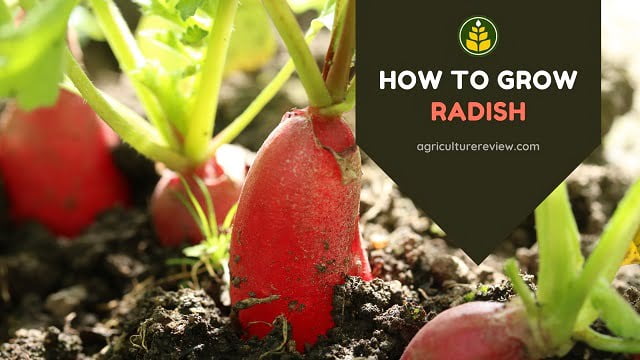How to grow snake plants in your home garden?
The genus was named for Raimondo-di Sangro, the prince of Sanseverino was an Italian nobleman and a faithful patron of horticulture in the 18th century. Its common name is derived from the wavy stripe pattern on its leaves.
Sansevierias are evergreen perennials that can grow anywhere. Their swords like leaves are approximately two feet long except dwarf varieties. The leaves are stiff, broad, and upright, in a dark green colour variegated with white and yellow striping. They are famous for their ability to survive in the most unsuitable condition.
1. Sansevieria trifasciata( mother in- laws tongue)
2. Sansevieria twist
3. Sansevieria zeylanica
4. Dracaena trifaciata
5. Sansevieria canaliculate
6. Sansevieria patens
7. Sansevieria cylindrica
8. Sansevieria fischeri
9. Sansevieria masoniana
Snake Plant Price
Snake plant price per piece generally varies from 80 rupees to 200 rupees or even higher in plant nursery. The price range varies according to size and varieties.
Snake plant care guide
These guidelines have been shared by Mr. Sital Sarkar, a research scholar and expert garden hobbyist who himself has grown Snake plant in his garden.
2. It needs minimum water and well drainage system.
3. It grows better in dry conditions you should water them when the medium of the surface is completely dry.
4. You can grow any varieties of snake plants in any garden container.
5. I suggest trying to use a clay pot, because clay pots can absorb extra water from medium.
6. Snake plants grow better in the potting mix like 20% coco peat + 20% sand + 60% soil.
7. Just purchase or collect seedling and plot into the potting mix.
8. You should keep your pot under the shade where filter light is available.
9. It also prefers bright light but not direct sunlight so you can place it in your bedroom.
10. As per Feng- shui best spots are south-eastern, southern and east corner. It will bring protective and purifying energy to home and office.
11. New seedling takes minimum 15 days to establish in new potting mix.
12. The amount of water needed depends on the medium type, environmental conditions, size of plant and pot size.
13. To maintain the growth of plants you can use any organic fertilizer like bone meal.
14. Do not over-fertilize. Use ½ teaspoon bone meal in three months.
15. Avoid fertilizer during the winter season.
16. Avoid overwatering. Overwatering leads to root infection.
17. Sometimes leaves are damage due to their age. In such cases just prune out old leaves.
18. When you found that pot is overcrowding with new seedling. You just separate all new seedlings and transfer them into new pots.
19. Mealybugs and spider mites are the main pests. Wash the leaves with mild warm water and cloth to remove spider mites.
SNAKE PLANTS BENEFITS
2. The snake plant cleans the air better than most other indoor plants as it can absorb the excessive amount of carbon dioxide.
3. As per NASA experiment snake plants can emit oxygen and filter cancer-causing toxins from the air such as benzene, xylene, trichloroethylene, and formaldehyde.
4. Snake plants can act as an effective defense against allergies.
5. It can absorb carbon dioxide in the night.
6. As per Feng-shui it brings protective and purifying energy to the home and office.
Caution: Snake plants are mildly toxic so when growing in-home, keep away from children.
So do not wait, start growing snake plants from today, and share our article on “SNAKE PLANT CARE” with everyone. This article on snake plant care has been shared by Mr. Sital Sarkar. He has also shared articles on Aloe vera, Mexican petunia, and बोगनविलिया.
Read these articles to get to know more about gardening tips by Mr. Sarkar.






It was very nice to read the article. This is a very useful post